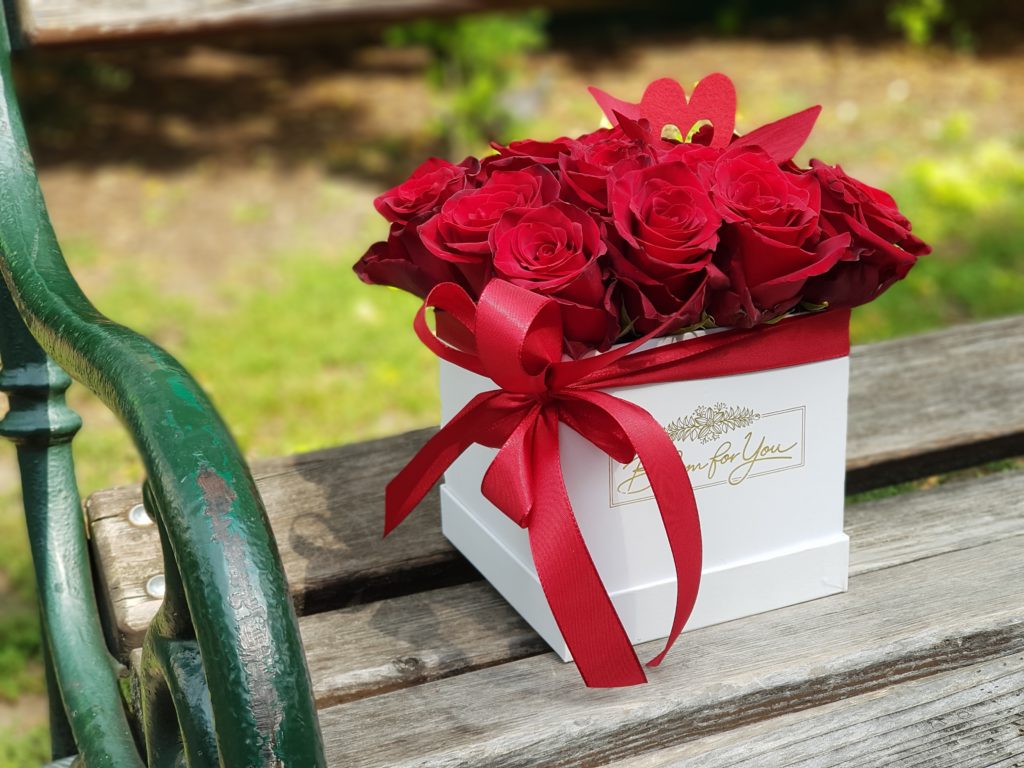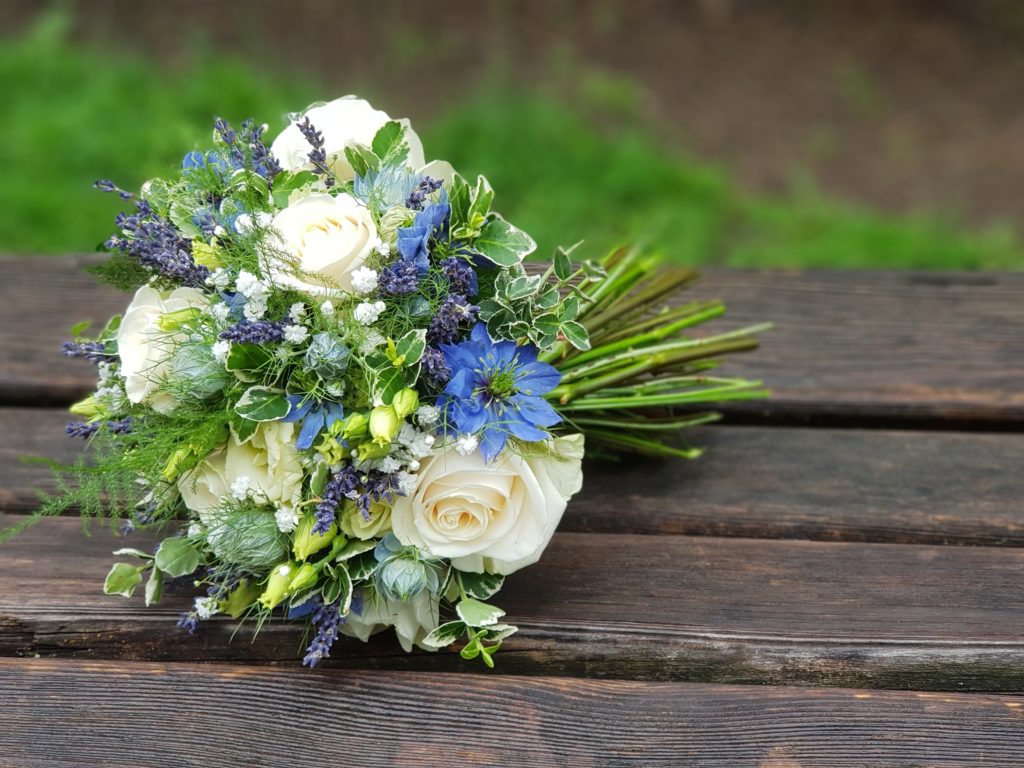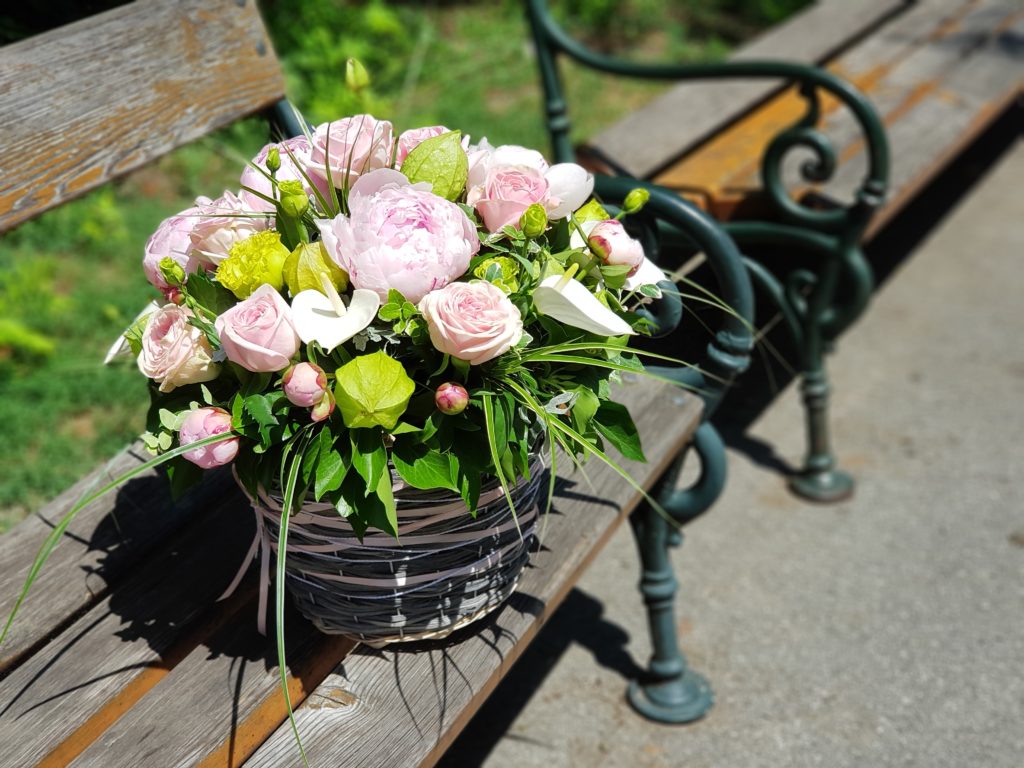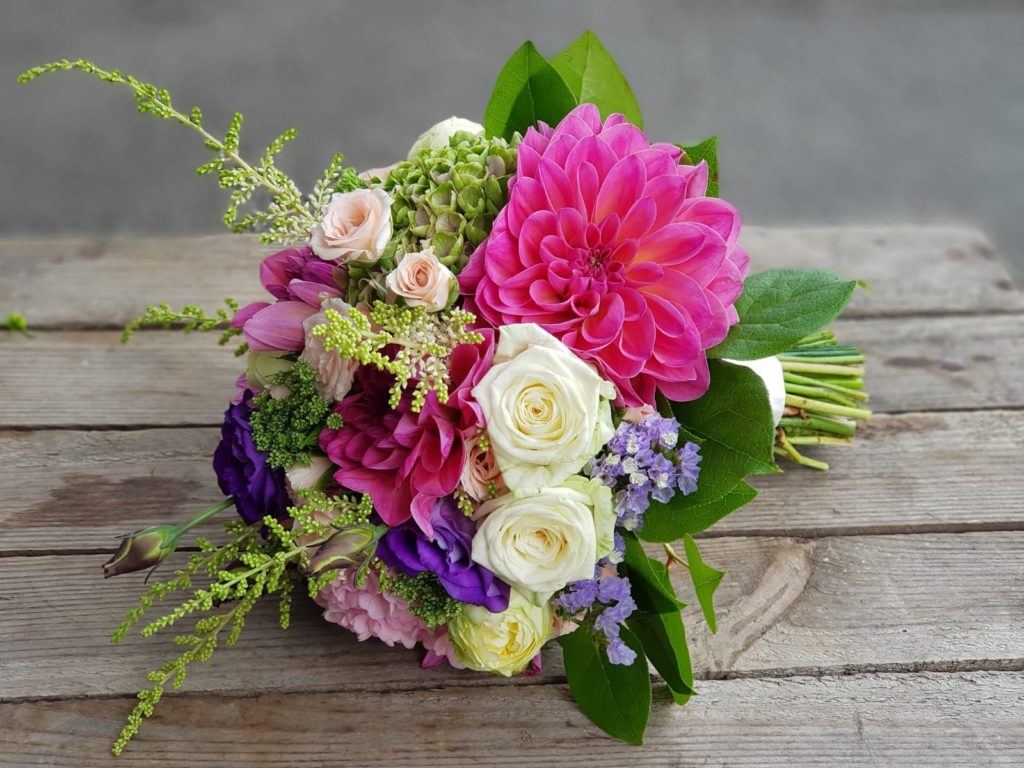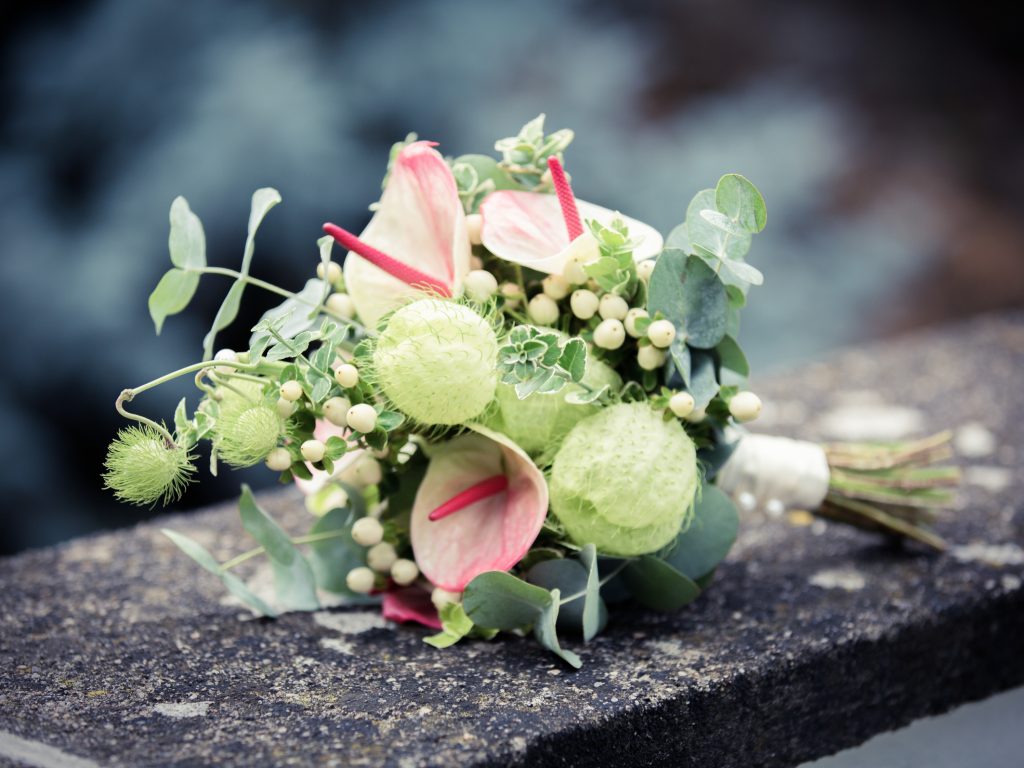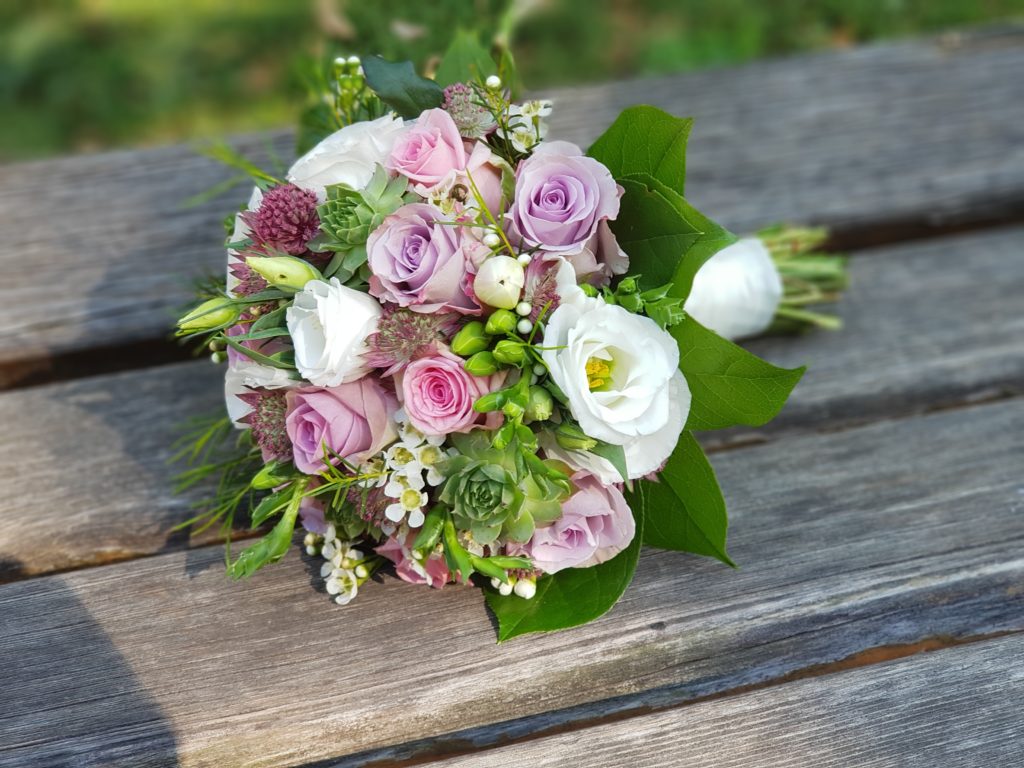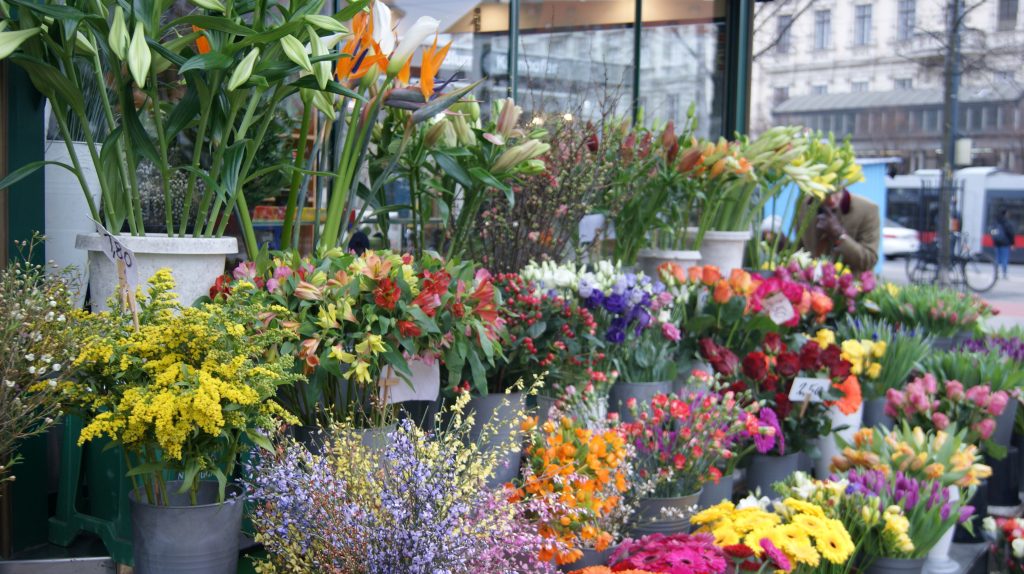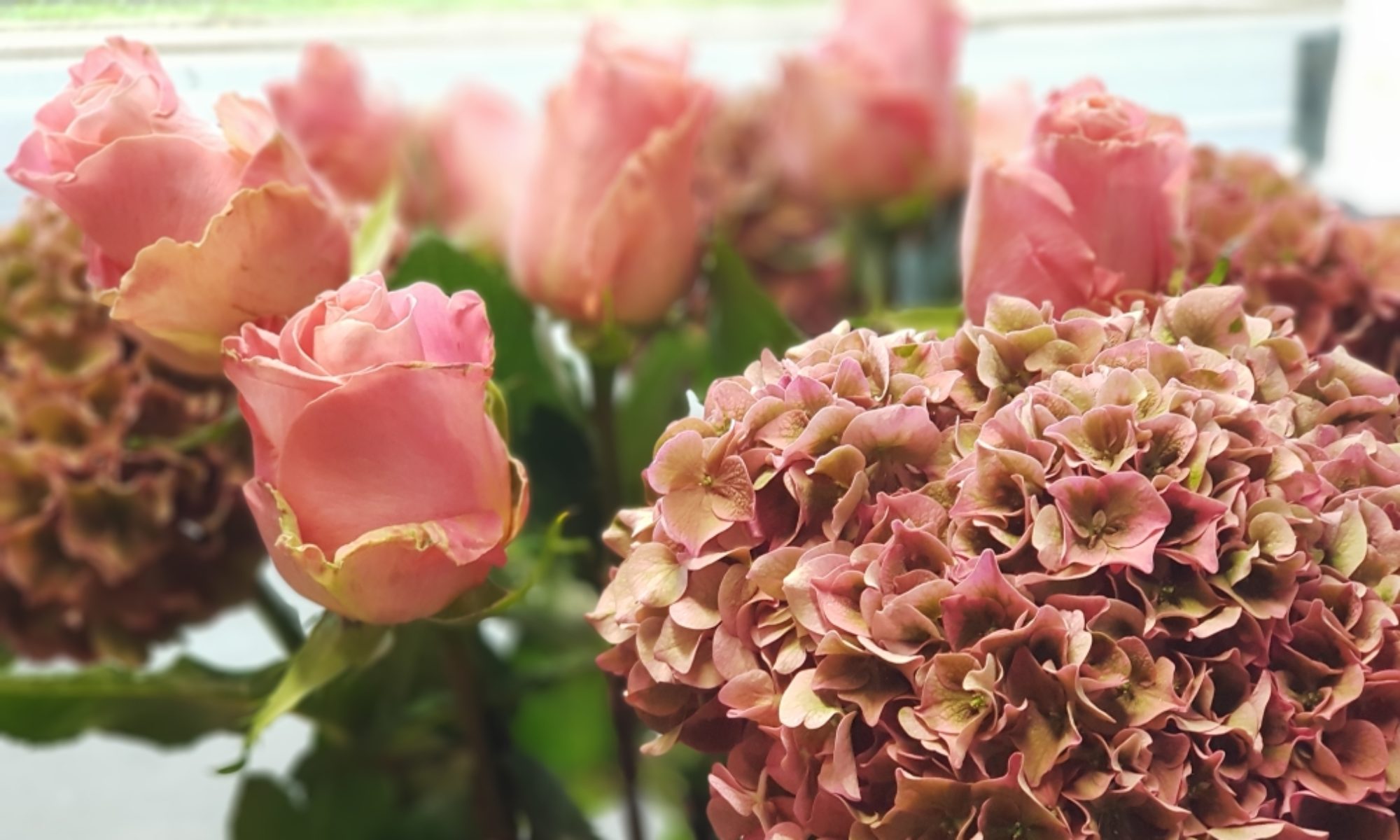Freshly stocked with cut flowers every day, we adapt our creativity and our floral craftsmanship to the seasons and the corresponding flowering flowers.
For example, you can feel the wonderful change in the spring with the fresh and the urge with departure, or in the summer with the sensual and colorful arrangements.
Flowers and their Meanings
The significance assigned to specific flowers in Western culture varied — nearly every flower had multiple associations, listed in the hundreds of floral dictionaries — but a consensus of meaning for common blooms has emerged. Often, definitions derive from the appearance or behavior of the plant itself. For example, the mimosa, or sensitive plant, represents chastity. This is because the leaves of the mimosa close at night, or when touched. Likewise, the deep red rose and its thorns have been used to symbolize both the blood of Christ and the intensity of romantic love, while the rose’s five petals are thought to illustrate the five crucifixion wounds of Christ. Pink roses imply a lesser affection, white roses suggest virtue and chastity, and yellow roses stand for friendship or devotion. The black rose (actually a very dark shade of red, purple, or maroon) has a long association with death and dark magic.
“A woman also had to be pretty precise about where she wore flowers. Say, for instance, a suitor had sent her a tussie-mussie (a k a nosegay). If she pinned it to the ‘cleavage of bosom’, that would be bad news for him, since that signified friendship. Ah, but if she pinned it over her heart, ‘That was an unambiguous declaration of love’.
Quelle: https://en.wikipedia.org/wiki/Language_of_flowers
